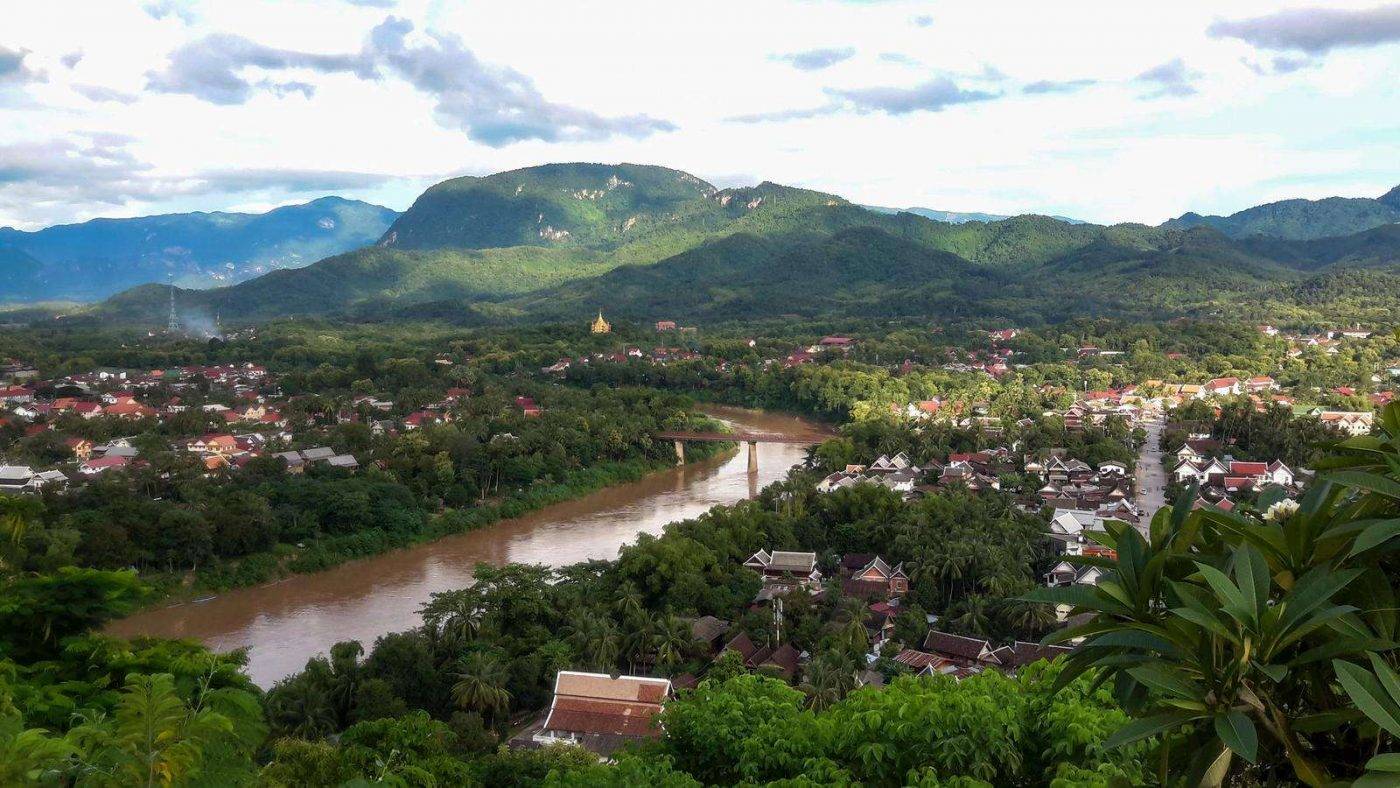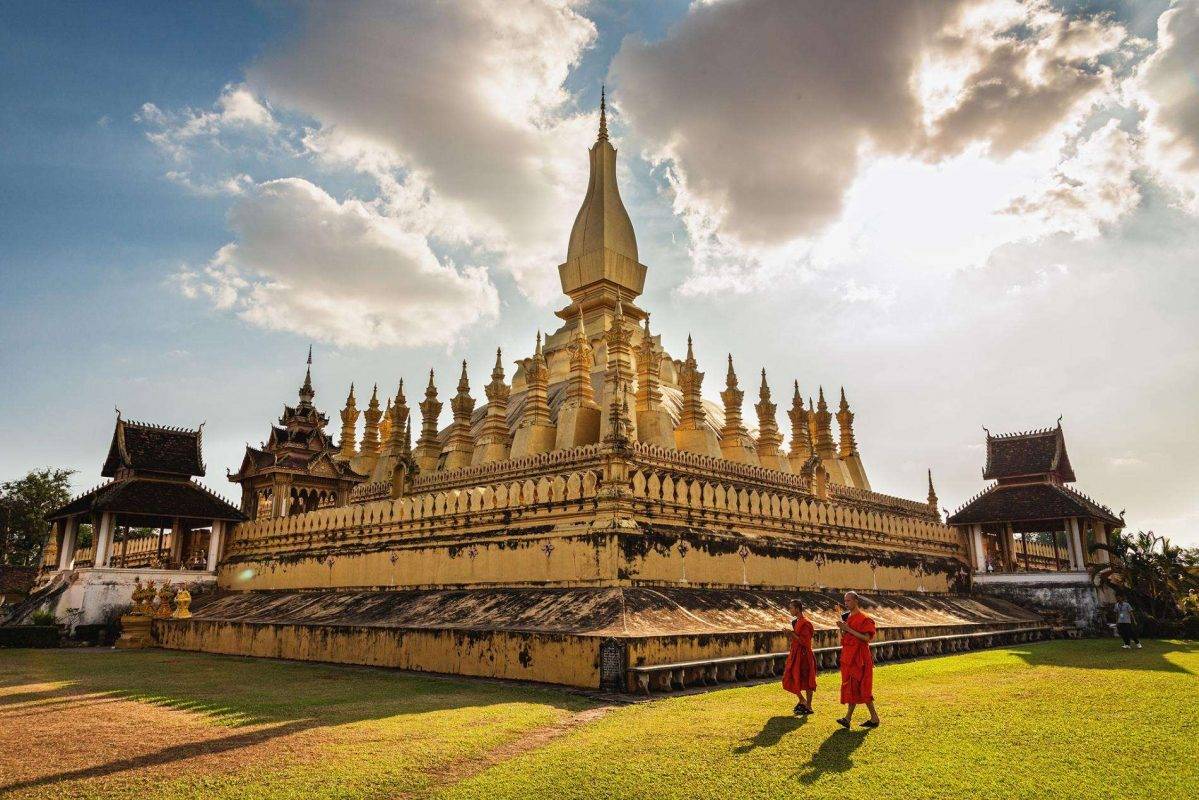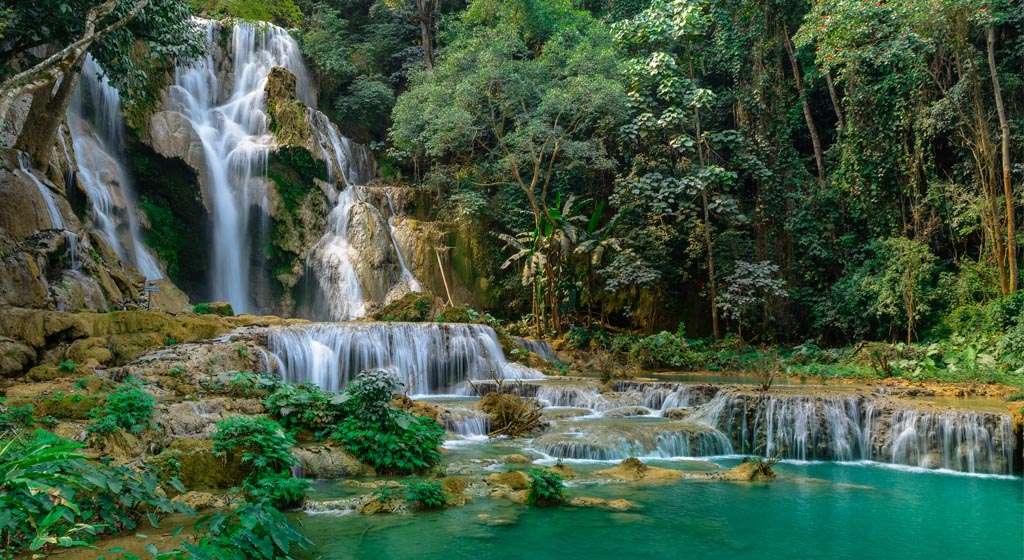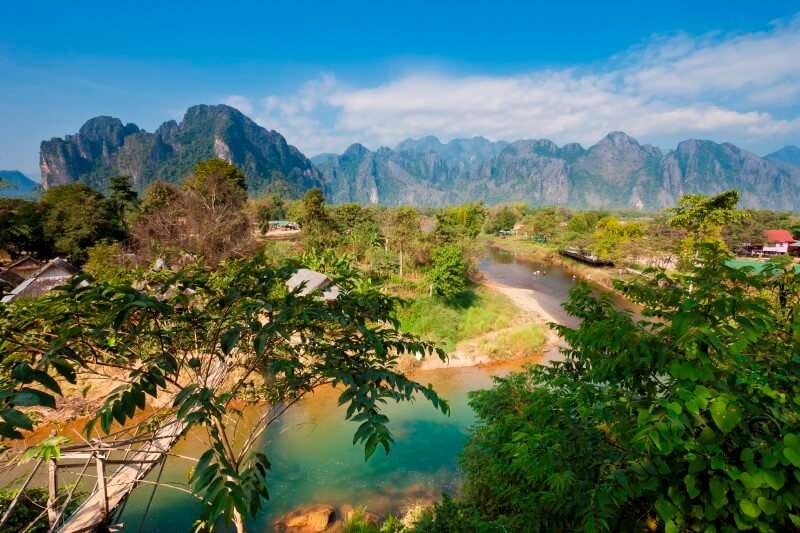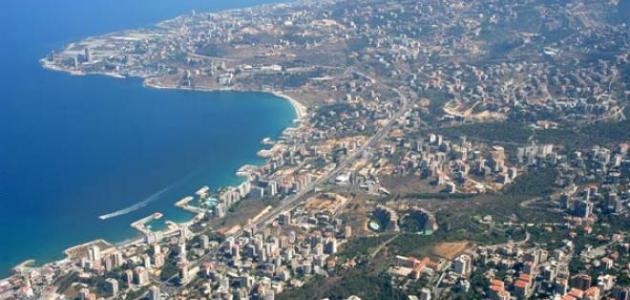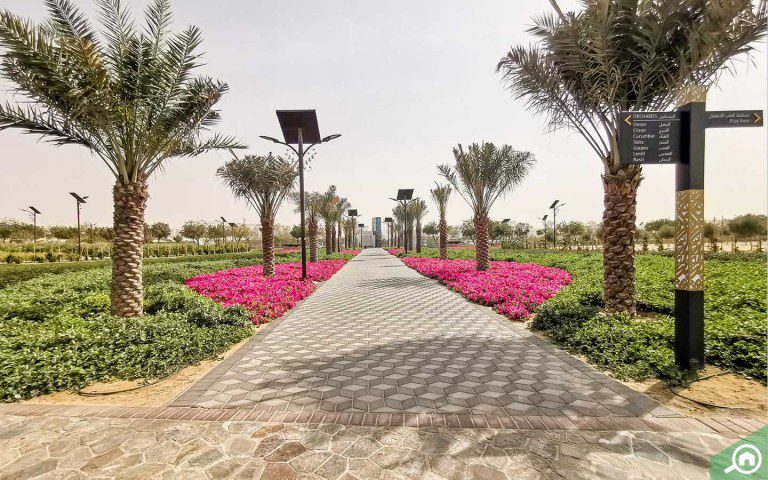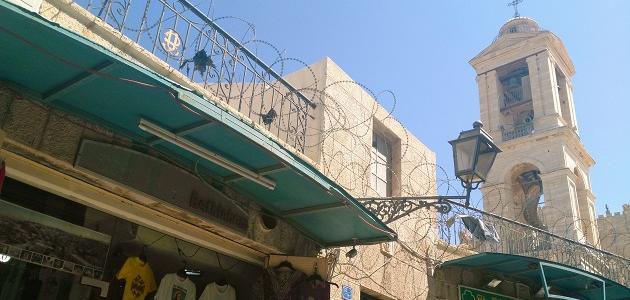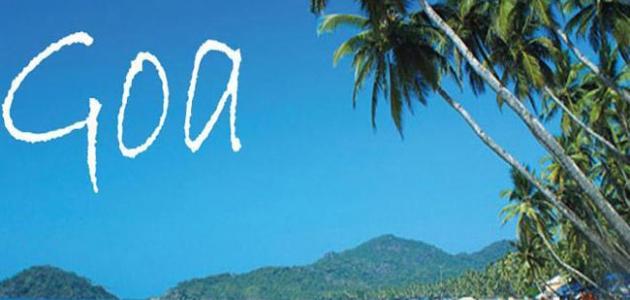Table of Contents
About Laos
The geologically diverse landscape of Laos, with its stony mountains, highland plateaus and lowland plains, greatly supports a diverse population through agriculture, especially rice cultivation. It has sometimes hostile, sometimes hospitable interactions with the Khmer (Cambodian), Siamese (Thai) and Myanmar (Burmese) kingdoms.
The land of the Lao state
Laos borders China to the north, Vietnam to the northeast, Cambodia to the south, Thailand to the west, and Myanmar (Burma) to the north.
the climate
Laos has typical tropical seasonal weather (wet and dry) in the region, although the mountains provide some temperature differences. During the rainy season (May to October), the southwest monsoon blows with a rainfall rate of 50 to 90 inches (1300 to 2300 mm), with totals of about 160 inches (4100 mm) on the Polofins Plateau.
The northeast monsoon dominates the dry season (from November to April). Average minimum temperatures range from 60 to 70 degrees Fahrenheit (16 and 21 degrees Celsius) in the cooler months from December to February, rising to more than 90 degrees Fahrenheit (32 degrees Celsius) in March and April, before the onset of rain. In the rainy season, the average temperature is 80 degrees Fahrenheit (27 degrees Celsius).
Population of the Lao state
Laos is an ethnically and linguistically diverse country. The official language in Laos is Lao, although many foreign languages are often used by the elite. French was once the language of the upper classes in Lao, but by 1970 English had begun to disperse it. Under the leadership of the Lao People’s Revolutionary Party, Vietnamese became the third language of the elite.
Before the India Wars, sources identified more than 60 different population groups. After the wars that displaced (or killed) a large segment of the population, this number decreased significantly.
The dominant religion in Laos
It is Theravada Buddhism.
Laos economy
The Lao economy is essentially an agricultural sector, and since the late twentieth century it has remained heavily dependent on foreign aid and investments.
Agriculture, forestry and fishing
Agriculture is the mainstay of the Lao economy. In the early 2000s, the sector produced nearly half of the country’s gross domestic product and employed nearly three quarters of the population. The expansion of cultivated land has been hampered by the enormous amounts of unexploded bombs – that the US military mostly dropped during the Vietnam War – and are dispersed into potential farmlands. Thus, only a small portion of the arable land is cultivated.
The vast majority of Laos farmers grow rice. Lowland farmers grow irrigated rice fields, and although climate disasters more severely affect lowlands, these areas have been more productive than highlands, largely due to access to new technologies, pesticides, fertilizers, and infrastructure. The most solid infrastructures and market networks.
Major crops other than rice include sweet potatoes, cane, corn (maize), various vegetables and fruits in lower quantities, and tobacco.
Fishing is particularly important for lowland residents, and aquaculture increased in the early 2000s. The main fish raised in ponds includes tilapia and various types of carp. The importance of raising livestock, especially pigs, cattle and poultry, increased.
Resources and strength
Laos has significant mineral reserves. Tin has been commercially mining since colonial times and has remained a major resource for it and has expanded significantly in gold mining in the early 21st century, with substantial foreign investment. Foreign companies have also worked on granite and limestone deposits in the country.
Industry
Although manufacturing has been growing faster than any other sector since the economic reforms of the late twentieth century, it still provides less than a quarter of Laos’ GDP.
Finance
Until the late 1980s, the government controlled all banking activities. Since then, it has boosted the development of the private banking sector. Foreign investment and joint ventures with foreign companies were formally encouraged

